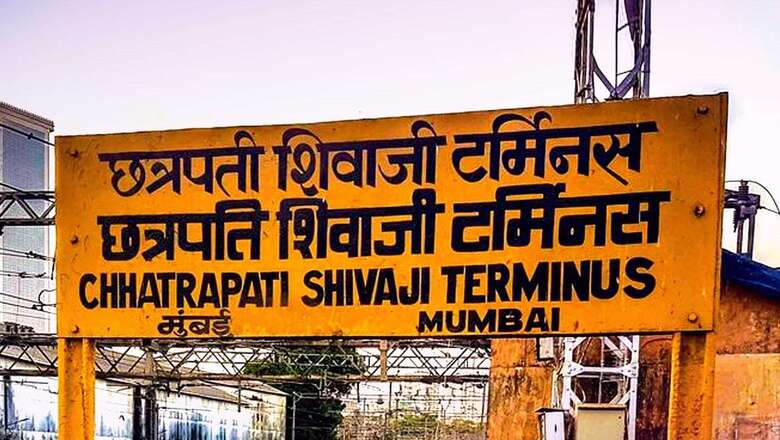
views
Hundreds of thousands of people travel on trains in India every single day. In fact, Indian Railways is one of the largest rail networks in the world and is also termed as the country’s nervous system. You might have also travelled on a train and during your journey might have noticed that some stations are called junctions, central or terminus.
Do you know why the Indian Railways has coined these stations as a junction, central or terminus? We are going to reveal why Indian Railways calls a few of its stations junctions, central or terminus.
If ever you have boarded or deboarded a train from Chhatrapati Shivaji Terminal or Howrah Terminal, you must have noticed that the railway track does not go beyond the stations. It symbolises that this is the last station on that particular route.
The last stations of any train route have been termed a terminus or terminal by the Indian Railways. The word terminal is derived from the word termination, which means to end. Apart from Chhatrapati Shivaji Terminal, Lokmanya Tilak Terminal and Victoria Terminals are major terminals of the Indian Railways.
The Indian Railways has termed several railway stations as junctions. Those railway stations wherein at least three rail routes meet are called junctions. The meaning of junction is to connect. The junction railway stations have at least two train lines for the trains to arrive at the stations. The Mathura junction is the only junction in the country where seven train routes meet. Other than the Mathura junction, Salem junction, Vijayawada junction and Bareilly junctions are also large junctions.
Some cities have several railway stations and the biggest and most visited of them is termed as a central station by the Indian Railways. Major central railway stations are Mumbai central, Kanpur central and Chennai central
Read all the Latest India News here













Comments
0 comment